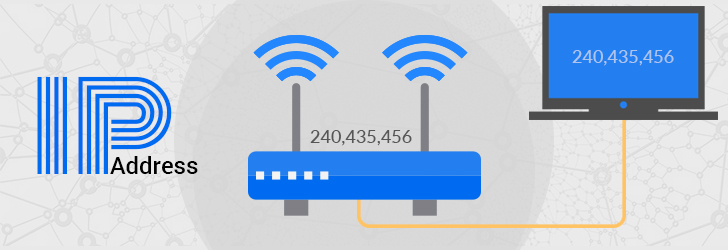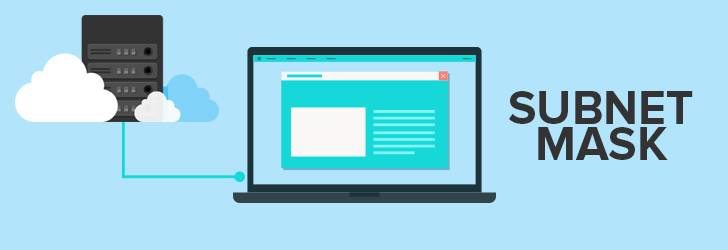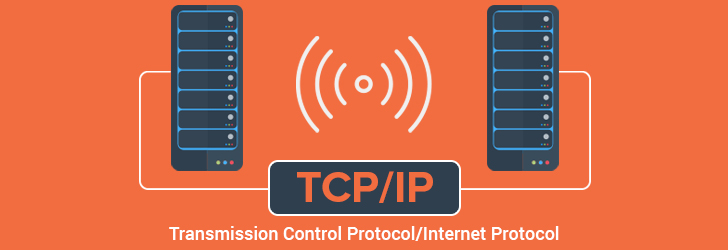
Artificial Intelligence (AI) and Machine Learning (ML) transform industries with data-driven solutions. AI/ML frameworks provide essential pre-built functionalities that streamline the development process.
In this article, S-PRO explores the top frameworks for proficient AI/ML development. We will detail their strengths and ideal use cases.
TensorFlow

TensorFlow is an open-source framework by Google, known for its flexibility and scalability. It supports deep learning and reinforcement learning and works across various hardware platforms like CPUs, GPUs, and TPUs, making it ideal for large-scale projects.
Key Features
- Versatility: TensorFlow’s ecosystem supports everything from mobile deployment (TensorFlow Lite) to distributed training (TensorFlow Distributed).
- Visualization: TensorBoard provides robust tools for model debugging and visualization.
- Pre-trained Models: Access to pre-trained models through TensorFlow Hub accelerates development.
Best Use Cases
- Complex neural networks like CNNs and RNNs.
- Applications requiring scalability, such as enterprise-grade AI solutions.
PyTorch

Popular among researchers, PyTorch is an open-source framework developed by Facebook. It emphasizes dynamic computation graphs, making it particularly appealing for experimentation and research. Its strong integration with Python and compatibility with third-party libraries enable seamless development of advanced AI solutions.
Key Features
- Dynamic Computation Graphs: Allows for real-time adjustments, ideal for research and debugging.
- Ease of Use: A Pythonic design makes it accessible for Python developers.
- Community Support: A thriving community ensures extensive resources and third-party libraries.
Best Use Cases
- Academic research and prototyping.
- NLP tasks using libraries like Hugging Face Transformers.
Keras

Keras is a user-friendly API built on TensorFlow. It simplifies the development of deep learning models. Keras’ modular nature and focus on reducing complexity make it ideal for developers seeking rapid results without diving deep into low-level computations.
Key Features
- Simplified Syntax: Minimalistic and intuitive, making it ideal for new developers.
- Integration: Seamlessly integrates with TensorFlow for backend computations.
- Pre-trained Models: Offers pre-trained networks for tasks like image classification and text generation.
Best Use Cases
- Rapid prototyping and experimentation.
- Educational projects or small-scale ML applications.
Scikit-learn

Scikit-learn is an ML library for Python. It is focused on traditional ML algorithms like regression and clustering. Scikit-learn’s efficient implementation of algorithms ensures quick model training and evaluation, even on modest hardware setups.
Key Features
- Rich Algorithm Selection: Supports everything from decision trees to support vector machines.
- Integration: Works seamlessly with other Python libraries like NumPy and Pandas.
- Simplicity: An easy-to-understand API for quick implementation.
Best Use Cases
- Data preprocessing and exploratory analysis.
- Developing traditional ML models like linear regression or k-means clustering.
Apache MXNet (Discountinued)

Apache MXNet is a flexible framework endorsed by Amazon Web Services (AWS). It supports multiple languages and is suitable for diverse teams. Its ability to optimize memory usage and computational efficiency makes it ideal for deploying complex models on resource-constrained devices.
Key Features
- Multi-language Support: Python, R, C++, and more.
- Scalability: Optimized for cloud deployment on platforms like AWS.
- Gluon API: Simplifies model building with a high-level interface.
Best Use Cases
- Deploying ML models in cloud environments.
- Projects requiring multi-language support.
Conclusion
Selecting the right AI/ML framework depends on your project’s goals. TensorFlow and PyTorch are excellent options for deep learning. Thanks to its simple, user-friendly interface, Keras excels at building deep learning models quickly and easily. Scikit-learn is perfect for traditional machine learning. MXNet is great if you need flexible neural networks and want to use multiple programming languages.
By leveraging these frameworks effectively, you can develop innovative AI app tailored to your unique requirements, enhancing efficiency, scalability, and business outcomes. For businesses looking to maximize the potential of these technologies, seeking third-party expertise from AI/ML solution providers can simplify the process and ensure optimal results. Experienced professionals can help tailor these frameworks to meet specific business objectives, saving time and resources while accelerating innovation.
Share this post
Popular Articles
Email Delivery Problems Explained

November 12, 2006
With ever growing number of spam emails flooding the Internet, more and more ISPs tighten their email filtering system to prevent spams delivered to their clients. It is virtually impossible to block even 50% of the spams arriving in a mail server, and there will always be false positives (legitimate emails filte [...]
Learn moreWhat is an IP Address?

February 16, 2007
The Internet Protocol Address (or IP Address) is a unique address that computing devices such as personal computers, tablets, and smartphones use to identify themselves and communicate with other devices in the IP network. Any device connected to the IP network must have a unique IP address within the network.
Learn moreWhat is a Subnet Mask?

February 22, 2007
address and the host address. A subnet mask separates the IP address into the network and host addresses (<network><host>). Subnetting further divides the host part of an IP address into a subnet and host address (<network><subnet><host>) if additional subnetwork is needed. Use the Learn more
What is a MAC Address?

March 18, 2007
MAC, Media Access Control, address is a globally unique identifier assigned to network devices, and therefore it is often referred to as hardware or physical address. MAC addresses are 6-byte (48-bits) in length, and are written in MM:MM:MM:SS:SS:SS format. [...]
Learn moreWhat is a TCP/IP?

April 8, 2007
TCP/IP, Transmission Control Protocol/Internet Protocol, is the suite of two protocols, TCP and IP, used to interconnect network devices on the Internet. The TCP performs the handshake between the network devices to establis [...]
Learn moreLeave a comment
All comments are moderated. Spammy and bot submitted comments are deleted. Please submit the comments that are helpful to others, and we'll approve your comments. A comment that includes outbound link will only be approved if the content is relevant to the topic, and has some value to our readers.

Comments (0)
No comment